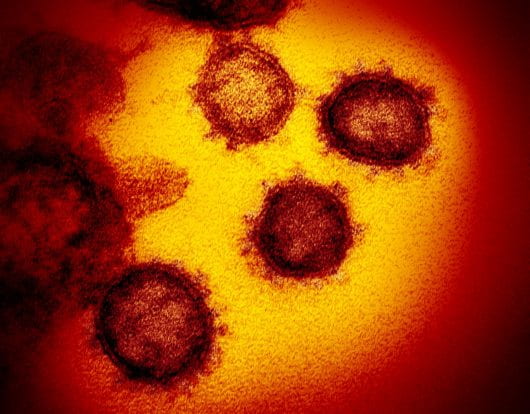The coronavirus has officially reached Ohio, according to state government officials.
Three Ohioans have tested positive for the coronavirus and Gov. Mike DeWine has declared a state of emergency, DeWine said on Twitter Monday. Ohio State will send updates to the community as it sees fit, Ben Johnson, university spokesperson, said in an email.
“The state of emergency that I’ve declared in #Ohio is a legal necessity that allows state departments and agencies to better coordinate in their response. #COVID19,” DeWine said via Twitter.
A state of emergency is defined as “a government declaration stating that because of some crisis, the normal workings of political and social life are suspended in the given jurisdiction. A state of emergency may alter government operations, order specific action by individuals, and suspend regular civil rights,” according to Cornell Law School’s website.
The three confirmed cases all come from Cuyahoga County, a county in Northeast Ohio that includes Cleveland with 1,243,857 people, according to the 2018 United States Census.
According to the spring semester 2020 15th day enrollment report, 3,913 Ohio State students reside in Cuyahoga County.
“We will update the community as warranted, including during spring break if needed,” Johnson said.
These are the first confirmed cases in the state of Ohio, according to the Ohio Department of Health. There are five additional people under investigation of the virus as of 2 p.m. March 9.
There are 113,584 confirmed worldwide cases of COVID-19 and 3,996 deaths, according to Johns Hopkins University. There are 607 confirmed cases in the United States and 22 deaths, 17 of which come from King County, Washington.
The Wexner Medical Center at Ohio State advises those with flu-like symptoms, including fever or a cough, to avoid hospitals and ambulatory locations as a precautionary measure to “ensure a safe environment for all patients” and to call their health provider to report their symptoms.
If a person has not recently visited an affected country or been exposed to someone with a confirmed COVID-19 infection, there is no need to change their routine behavior, according to the medical center website.
The virus spreads person to person through respiratory droplets during close contact, according to the Centers for Disease Control and Prevention.
A close contact is defined as within 6 feet, according to the medical center website, and the period from exposure to onset is 14 days.
“For example, if a person returned from an outbreak area more than 14 days ago, the person would be outside the window for disease onset,” the medical center website reads.
The medical center advises practicing routine hygiene etiquette daily to prevent the spread of infection.



